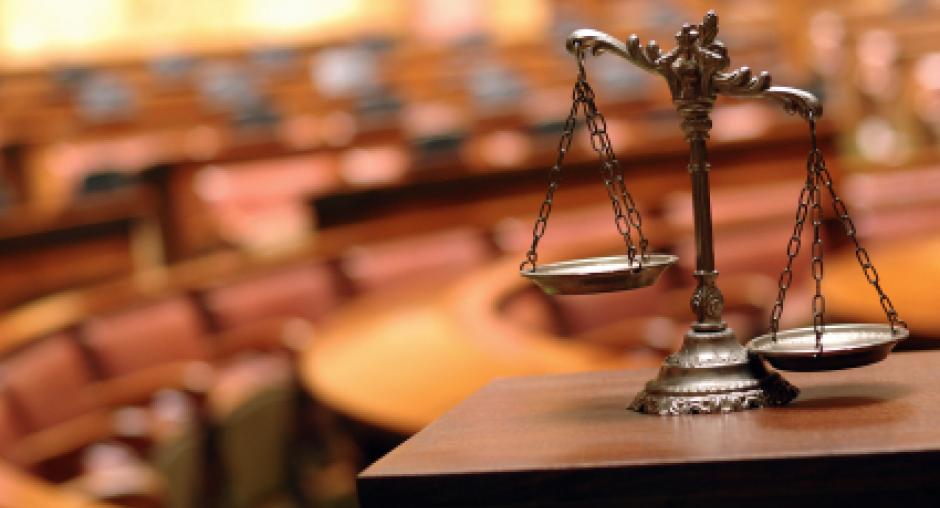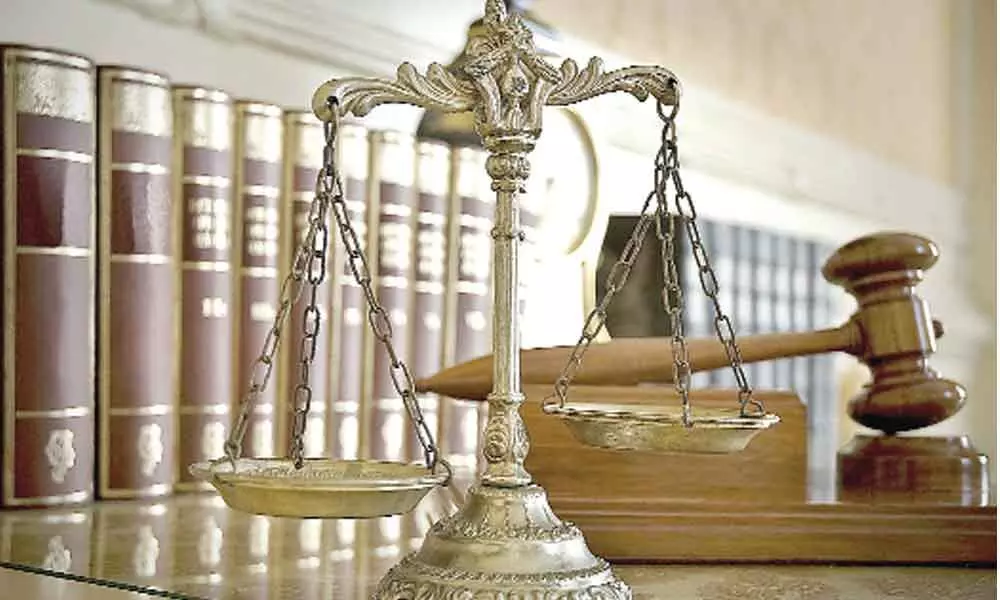In the US, there is a well-established legal process that governs civil lawsuits. The end goal of this system is to protect people who have been wrongfully injured by another person or entity. The belleville il personal injury lawyer ensures that those who have been harmed can be compensated for their medical and financial expenses, as well as pain and suffering.
What Is The Process?
One or more individuals has suffered an injury because of another person’s careless actions or neglectful behavior (aka negligent). The injured party wants to know who is responsible and to pursue a legal claim against the negligent party. The relevant civil court looks at the facts of the case, as well as evidence that has been gathered that is relevant to the case, and determines if there is enough evidence to support a claim of liability. Once the court finds there is enough evidence, it will award compensation directly stipulated in their legal judgment. This judgment is issued as a personal injury lawsuit.
It Is Important To Understand The Process To Ensure That You Are Properly Represented.
The legal system relies on the fact that people who have suffered harm will build a case against their perpetrator. This should be the first step taken in any civil legal proceeding. The system is therefore structured to ensure that parties are represented by effective advocates with skill and knowledge of the process, court norms, and law in order to ensure success in court.

Burden Of Proof
In most cases, the plaintiff must prove that the defendant acted negligently or in an intentional manner with malice. The party brought to court must ‘prove it’ through logical arguments or through the admissible evidence at trial. As a result, the burden of proof is on those who file a lawsuit by law, and they are required to bring forward all evidence at trial in order to establish their case.
At Trial
During trial, the plaintiff is responsible for presenting evidence of negligence or intentional conduct. The defendant is expected to produce credible witnesses and experts who can counter these claims. The plaintiff must prove their case through the presentation of their witnesses and the admitted (or discovered) evidence.


